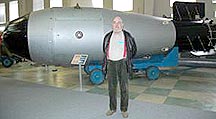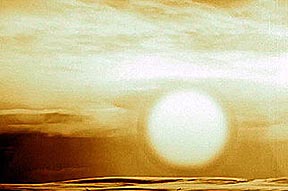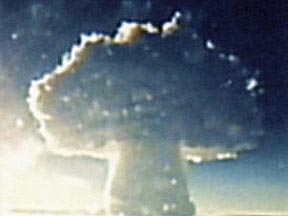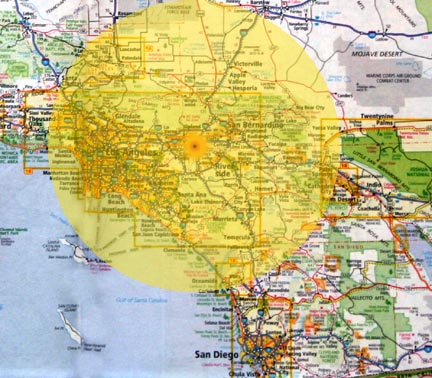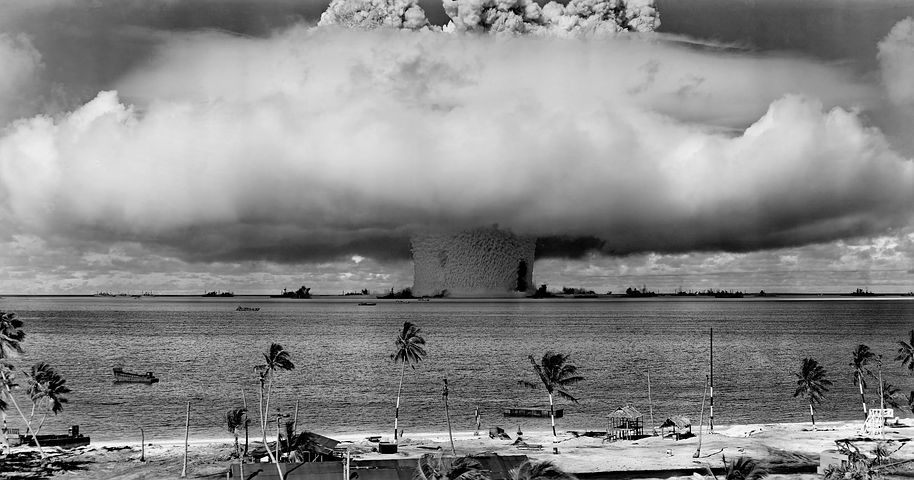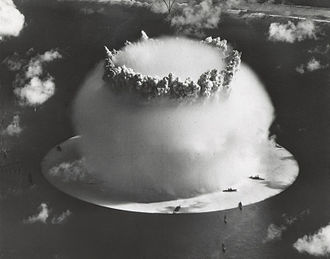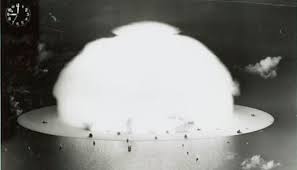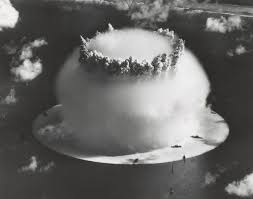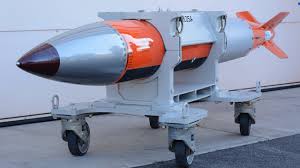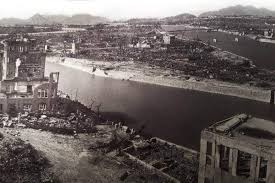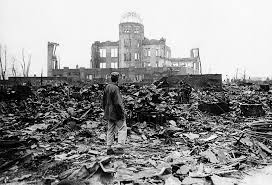Some Background:
"A nuclear holocaust, nuclear apocalypse or atomic holocaust is a theoretical scenario involving widespread destruction and radioactive fallout causing the collapse of civilization, through the use of nuclear weapons. Under such a scenario, some or all of the Earth is made uninhabitable by nuclear warfare in future world wars."
Besides the immediate destruction of cities by nuclear blasts, the potential aftermath of a nuclear war could involve firestorms, a nuclear winter, widespread radiation sickness from fallout, and/or the temporary loss of much modern technology due to electromagnetic pulses. Some scientists, such as Alan Robock, have speculated that a thermonuclear war could result in the end of modern civilization on Earth, in part due to a long-lasting nuclear winter. In one model, the average temperature of Earth following a full thermonuclear war falls for several years by 7 to 8 degrees Celsius (13 to 15 degrees Fahrenheit) on average.
Nonetheless, early Cold War-era studies suggested that billions of humans would survive the immediate effects of nuclear blasts and radiation following a global thermonuclear war. Some scholars[who?] argue that nuclear war could indirectly contribute to human extinction via secondary effects, including environmental consequences, societal breakdown, and economic collapse. Additionally, it has been argued that even a relatively small-scale nuclear exchange between India and Pakistan involving 100 Hiroshima yield (15 kiloton) weapons, could cause a nuclear winter and kill more than a billion people
As of 2020, humanity has about 13,410 nuclear weapons, thousands of which are on hair-trigger alert. While stockpiles have been on the decline following the end of the Cold War, every nuclear country is currently undergoing modernization of its nuclear arsenal. Some experts believe this modernization may increase the risk of nuclear proliferation, nuclear terrorism, and accidental nuclear war
Known Nuclear Weapon Count:
- Known Asteroids: 958,431
- Known Comets: 3,634
- Total Weapons: 13,410
NUCLEAR BOMB PICTURES
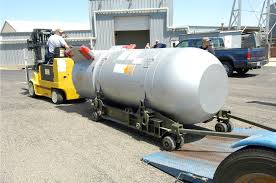

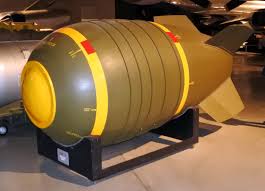

Nuclear Detonation

